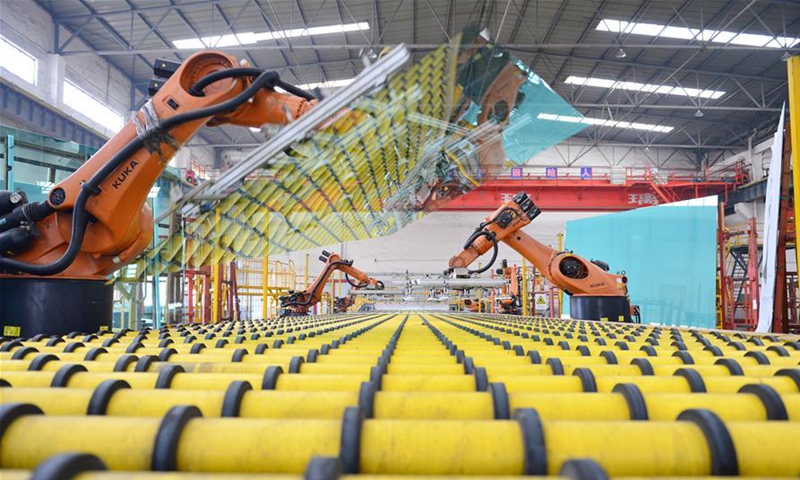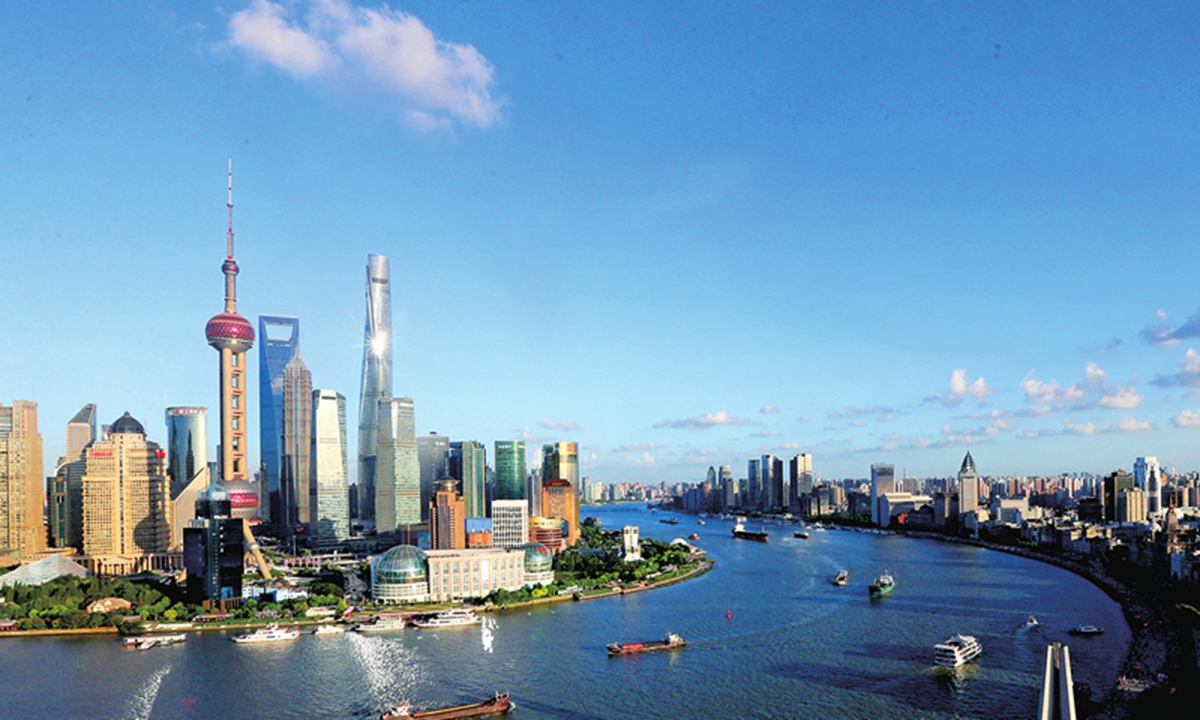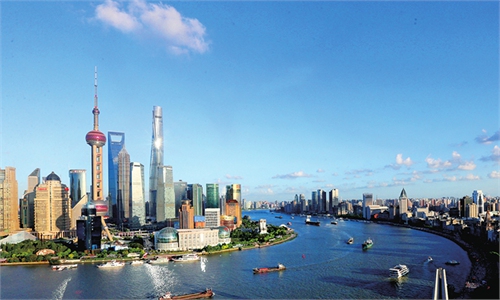China’s industrial profit slides in April amid COVID-19 flare-ups; positive factors point to recovery

industrial profits
China's industrial profit growth slowed down in April experiencing a sharp drop of 8.5 percent decrease year-on-year for the first time in two years linked to domestic COVID-19 flare-ups, while the recovery will be supported by various positive factors, newly released data from the National Bureau of Statistics (NBS) revealed on Friday.
The domestic industrial enterprises above designated size generated a total of 2.66 trillion yuan ($394.98 billion) from January to April, a year-on-year growth of 3.5 percent but the growth rate decreased by 5 percent compared with March, according the NBS.
Industry-wise, profits for the manufacturing sector decreased 22.4 percent while profits for electricity, heat, gas and water production and supply industry fell 26.8 percent, according to Zhu Hong, a senior statistician at the NBS.
Zhu noted that some regions and industries were greatly affected by the epidemic which was a major cause for the slowdown.
For instance, the profits for eastern and northeastern regions of China dropped by 16.7 percent and 8.1 percent year-on-year, respectively. The negative impact on automobile manufacturing was more obvious among other major industries, lowering the overall profits for the manufacturing sector by 6.7 percentage points.
The previous flare-ups in China's major financial hub Shanghai with its extended impact on neighboring Zhejiang and Jiangsu Province have disrupted the local supply chain, while outbreaks in Beijing and Northeast China's Liaoning and Jilin Province have also resulted in a decline in the overall economic growth over the first four months of 2022, Dong Dengxin, director of the Finance and Securities Institute of the Wuhan University of Science and Technology, told the Global Times on Friday.
Meanwhile, the profit growth for enterprises in the energy sector such as mining and raw materials rose rapidly, as policies aiming to stabilize the supply continue to show results. Some upstream enterprises also benefited from the fast growth of energy production and high price of bulk commodities.
Cong Yi, a professor from the Tianjin University of Finance and Economics, noted that the future recovery will still be determined on the country's epidemic control situation.
Despite the headwinds, Zhu stressed that domestic industrial enterprises are expected to regain benefits back gradually with the support from various positive factors.
Enterprises are accelerating their pace of resuming operation and production on top of a stable recovery foundation, Zhu said, adding that the impact of the COVID-19 outbreaks on regions such as the Yangtze River Delta region is expected to reduce following the steady resumption of work in previously hit places like Shanghai.
The scale of domestic enterprises continued to expand with the operating income increased by 9.7 percent year-on-year, showing a strong potential and resilience for industrial enterprises to regain the momentum.
China has been implementing a large number of supportive policies including tax refund and reduction and fee cuts, which have achieved noticeable results on easing the burden for industrial enterprises, said Zhu. Some 87.9 percent of companies believed that the implementation of the tax refund policy has improved their cash flow.
At the same time, Cong noted that there are still lingering uncertainties for the industrial growth for the second quarter, while further stressed the significance to bring the domestic COVID-19 flare-ups under control within a short time in a bid for enterprises to rebound efficiently without disrupting the production chain for the long term.
Premier Li Keqiang vowed on Wednesday at the national video teleconference to protect the economy's resilience and striving to ensure reasonable growth for the second quarter, while calling for an effective coordination of virus containment and economic and social development.
Global Times


